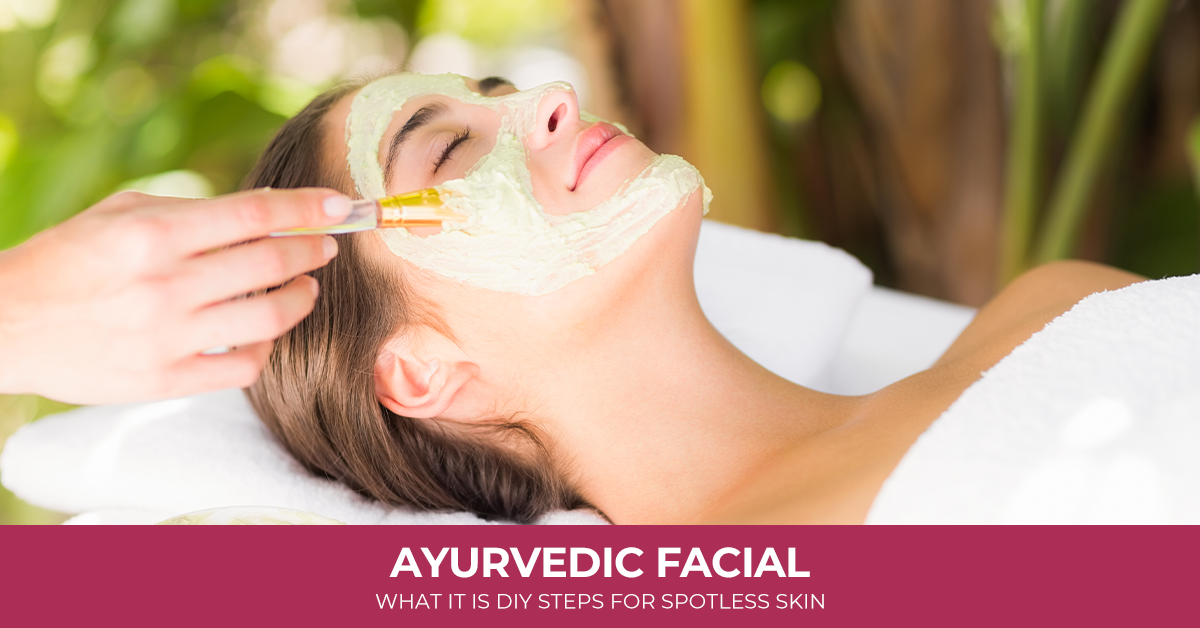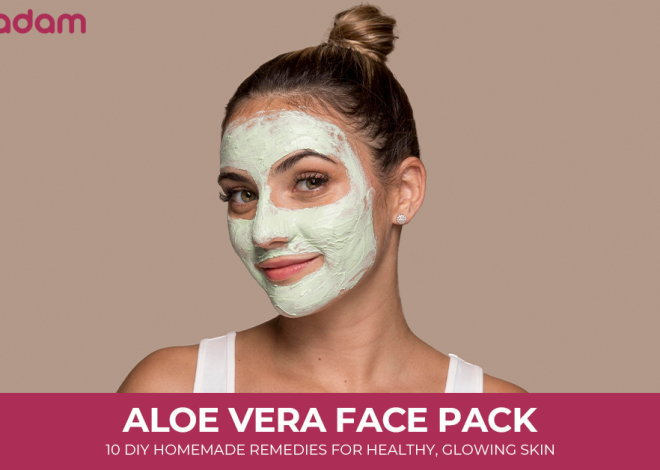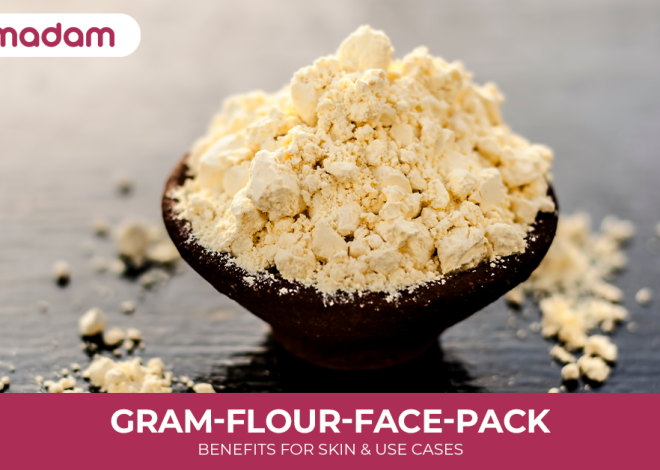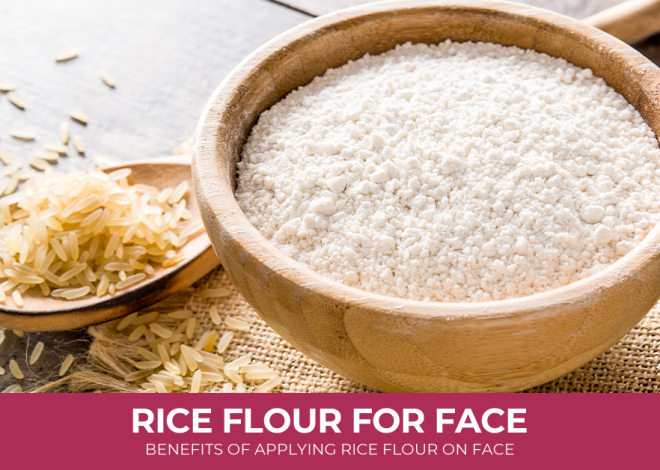
Ayurvedic Facial: What it is, DIY Steps for Spotless Skin
Achieving healthy, glowing skin doesn’t always require visiting the parlour. This is where Ayurvedic facial treatments come in. It focuses on deep nourishment, detoxification, and balancing skin health, and provides long-term skin benefits using natural ingredients and therapeutic massage techniques.
Read the blog to learn more about this natural facial therapy to get spotless, radiant skin at home.
Table of Contents
What is Ayurvedic Facial Treatment?
Ayurvedic facial massage, or mukha lekam, is an important therapy and one of the best cosmetic facials offered by Ayurveda. It provides a natural facelift massage using specific oils or lotions. This facial is carried out with the help of certain herbs that have anti-aging characteristics for wrinkle-free skin.
What are Ayurvedic Facial Benefits?
The best part about Ayurvedic facials is that they focus on balancing the doshas (Vata, Pitta, and Kapha) and contain the following benefits:
- Deep cleansing: Helps eliminate dirt, toxins, and pollutants from pores.
- Nourishment and Hydration: Helps restore moisture and prevents dryness in the skin.
- Anti-Ageing Benefits: Minimizes wrinkles, fine lines, and sagging.
- Even Skin Tone: Effective against pigmentation, blemishes, and dullness.
- Acne Control: It helps clear breakouts and minimizes inflammation.
5 Steps to do an Ayurvedic Facial at Home
Here are five simple steps on how to do Ayurvedic facial at home to restore your skin’s beauty without spending on salon treatments.
Cleansing
Cleansing is the first important step in the facial process. It eliminates hidden dust from your face. To successfully cleanse your face, you need raw milk. The lactic acid in milk contains good bleaching properties. Simply apply raw milk on your face for 2 minutes and then wipe it off using cotton. This will help clean all the makeup, dirt, pollution, and accumulated dead cells from your face.
Scrubbing
Scrubbing is the second crucial step. It helps to get rid of dead skin cells, blackheads, and whiteheads. It removes left-behind dust particles that do not go with cleansing. You can make a natural scrub at home by mixing coffee, sugar, olive oil, and lemon juice. Gently massage it on your face for 2-3 minutes, then rinse. This helps keep your skin smooth and fresh.
Steaming
This is the third step in the facial process. You can inhale steam directly from boiling water or can use a steamer. Put a towel in warm water and let it sit on your face. It opens pores, removes impurities, and leaves your skin firm and glowing.
Face Mask
Applying a face mask is the fourth step after steaming. This step helps your skin to feel refreshed and rejuvenated. Take a small amount of Multani Mitti and mix it with rose water. Apply the paste to your face and neck parts and let it sit for 10-15 minutes. After that, rinse off your face with cold water.
Moisturizing
The final step in a facial is moisturizing. Apply 2-3 drops of almond oil and gently massage your face. This boosts blood circulation and gives your skin a healthy glow.
Breakdown of Ayurvedic Facial Ingredients and Use Cases for Skin Type
The ultimate success of this facial treatment depends on the important ingredients used while performing the facial steps. Here are the main ingredients and their use cases for specific skin types:
1. Dry Skin (Vata dosha)
Characteristics: rough, flaky, dull skin that causes fine lines.
Goal: Nourishment, Hydration, and Moisture Retention.
Main Ingredients and Uses
- Almond Oil—Provides deep moisturization to the skin.
- Honey—as a natural humectant—helps in moisture retention.
- Milk & Cream—Nourishing and helps to lock in moisture.
- Sandalwood powder—Effective for dry, irritated skin.
DIY Tip:
- 1 tbsp almond oil + 1 tsp honey + 1 tsp sandalwood powder.
- Apply, let it sit for 15 minutes, and rinse off with lukewarm water.
2 Oily Skin (Pitta dosha)
Characteristics: Prone to acne, excessive oiliness, and sensitivity.
Goal: Balances oil production, calms inflammation, and prevents acne breakouts.
Main Ingredients and Uses
- Neem powder—Contains antibacterial and purifying properties to control acne.
- Multani Mitti unclogs pores and absorbs excess oil.
- Lemon Juice—Works as a natural astringent to control oil production.
DIY Tip:
- 1 tbsp Multani Mitti + 1 tsp neem powder + rose water.
- Apply, wait for 10-15 minutes till dry, and rinse with cool water.
3. Combination Skin (vata-pitta or pitta-kapha dosha)
Characteristics: Oily T-zone, dry cheeks, occasional breakouts.
Goal: Hydration balance and oil control.
Main Ingredients and Uses
- Aloe Vera Gel—Hydrates dry parts while controlling oiliness.
- Turmeric & Honey—Antibacterial, brightening, and balancing features.
- Rose Water & Sandalwood—Cooling and soothing effects for skin irritation.
- Yogurt—Exfoliates gently while providing hydration to the skin.
- Cucumber—Hydrates dry parts while calming the oily T-zone.
DIY Tip:
- 1 tbsp yogurt + 1 tsp turmeric + rose water.
- After applying, wait for 15 minutes and clean with lukewarm water.
4. Sensitive Skin (Pitta Dosha Imbalance)
Characteristics: easily irritated, redness, inflammation, and prone to rashes.
Goal: Soothe, calm, and strengthen skin barrier.
Main Ingredients & Uses:
- Chamomile or Rose Water—Soothes and minimizes redness.
- Sandalwood & Aloe Vera—Cooling and hydrating effects on irritated skin.
- Manjistha Powder—Detoxifies and decreases inflammation.
- Coconut Oil—Provides gentle hydration for reactive skin tone.
DIY Tip:
- 1 tbsp aloe vera gel + ½ tsp manjistha powder + rose water.
- Apply, leave for 10 minutes, and rinse with cool water.
5. Mature & Ageing Skin (Vata-Pitta Dosha)
Characteristics: loss of elasticity, fine lines, wrinkles, and dullness.
Goal: Promote collagen production, hydrate, and rejuvenate skin.
Main Ingredients & Uses:
- Saffron & Honey—Brightens and improves skin elasticity.
- Almond & Sesame Oil—Provides deep nourishment and collagen support.
- Amla (Indian Gooseberry) – Enriched with Vitamin C, fights signs of aging.
- Milk & Turmeric—Hydrates and repairs skin damage.
DIY Tip:
- 1 tbsp almond oil + 1 tsp saffron-filled honey + 1 tsp amla powder.
- Apply, leave for 15-20 minutes, and rinse with lukewarm water.
What are The Side Effects of Ayurvedic Facial?
Ayurvedic facial is generally considered safe and gentle, but potential side effects can include allergic reactions to specific oils or ingredients, and in some cases, acne or breakouts if oils are not suitable for the skin type.
Here’s a more detailed breakdown:
Allergic Reactions: Some individuals may be allergic to specific oils or herbal ingredients used in Ayurvedic facials, potentially leading to rashes, itching, or irritation.
Acne or Breakouts: If too much oil is left on the skin or if the oil used isn’t suitable for the skin type, it can clog pores and cause acne or breakouts.
Consultation is Key: It’s always best to consult with an Ayurvedic specialist or practitioner to ensure the facial is suitable for your skin type and to discuss any potential concerns or allergies.
Gentle Approach: Ayurvedic facials generally take a more gentle and nourishing approach compared to conventional facials, which may involve peeling, puncturing, or using acids.
Natural Ingredients: Ayurvedic facials typically use natural ingredients, which can be beneficial for the skin, but it’s important to be aware of potential allergies.
Precautions / Preventive Measures to Maximize Facial Benefits
The efficacy of a facial varies as per individual body consultation or dosha; hence, one must choose the right facial therapy or safe set of herbs and oils to achieve optimal results. To maximize the benefits of an Ayurvedic facial,
- Focus on the diet you eat and lifestyle factors, which are also crucial for beautiful skin.
- Exercising regularly promotes blood flow to your skin and flushes out toxins.
- Refrain from drinking and taking too much stress, as both of these have a direct effect on your beauty.
Conclusion
An Ayurvedic facial is not just a run-of-the-mill beauty treatment. It is a transformative process that aligns with the principles of Ayurveda. Whether you are looking for relief from skin problems, a radiant glow, or simply an escape from the stresses of everyday life, this facial with a holistic approach never ceases to provide the highest level of care and optimal outcomes for skin health.
FAQs
Is Ayurvedic facial effective for skin problems?
Yes, Ayurvedic ingredients do help with skin problems such as acne, eczema, rosacea, redness, and dryness.
Is Ayurvedic facial good?
Yes. Ayurvedic facials use a more gentle and nourishing approach in their facials. Traditional facials employ a more abrasive approach for peeling, puncturing, or using acidic formulations to strip the skin.
Is Ayurvedic facial treatment real?
Yes, Ayurvedic facial treatments, also known as Mukha Lepam, are a real and natural beauty treatment that utilizes herbal oils, creams, and face packs to promote healthy, glowing skin.
How to get fair skin with Ayurveda facials?
Kumkumadi tailam, or saffron oil, is a kind of ayurvedic miracle that can make your skin brighter and softer when used in natural facials.
Which Ayurvedic facial ingredient is best for the skin?
Kumkumadi is a very luxurious Ayurvedic mix—a blend of saffron, manjistha, licorice, sandalwood, turmeric, vetiver, and almond—and is thus the best Ayurvedic ingredient for your skin.
How to make Ayurvedic face oil at home?
Combine ½ ounce of jojoba oil, ½ ounce of almond oil, 6 drops of vitamin E oil, 12 drops of rose otto, and 4 drops of khus or geranium essential oil and pour into a 1-ounce glass bottle.
How to make Ayurvedic face cream at home?
To make a simple Ayurvedic face cream at home, combine 1/4 cup of ghee (clarified butter) with 1/2 cup of rose water and 1/4 cup of aloe vera gel, and store in a glass jar.
Is coconut oil good for the face in Ayurveda?
Applying coconut oil helps create a protective barrier that retains moisture and prevents dryness or irritation.
How to tighten skin with Ayurveda facials?
Gotu kola is a herb used in Ayurvedic facials. It is rich in compounds that have been shown to increase skin elasticity and firmness.
How to make an Ayurvedic face serum at home?
To make an Ayurvedic face serum at home, combine ingredients like aloe vera gel, rosehip oil, and essential oils like lavender and store in place in a clean glass bottle for application.



